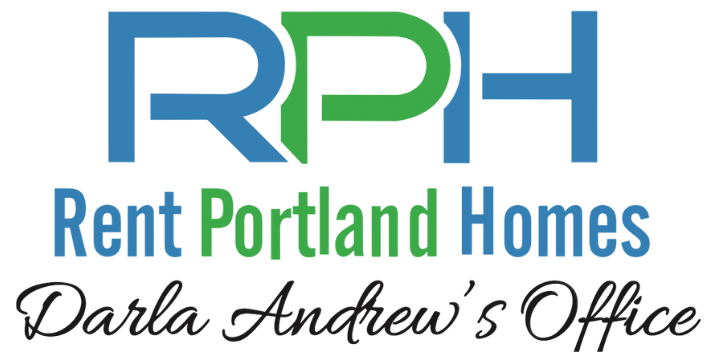Having a signed rental or lease agreement in place with your tenants is the most important aspect of rental property ownership. These legal documents protect owners because they outline the precise details of the rental relationship and create expectations for how each party will interact while the agreement is in effect. Formal lease or rental agreements also benefit tenants because their rental terms are spelled out and will remain unchanged during the contract’s length. Despite these undeniable benefits, some rental property owners prefer to enter into so-called “handshake” agreements with their tenants. Perhaps because the process of entering into a formal agreement is too much of a hassle, or they believe the value of each party’s word is sufficient. Regardless of the reason, this informality opens up owners to tremendous risk and could diminish their property’s value over time.
If you’re a rental property owner or thinking about becoming one, you may be confused about the difference between a rental and a lease agreement. Or, you might even use the words interchangeably. While these two documents serve the same purpose, they are distinct. And those distinctions come with pros and cons for both owners and tenants.
Rental Agreement vs. Lease Agreement
The main difference between a rental agreement and a lease agreement is duration. In most cases, lease agreements cover multiple months. Most landlords typically default to a 12-month lease, but these agreements could cover longer or shorter terms as well. Rental agreements, on the other hand, typically only cover 30-day increments. Frequently, these month-to-month agreements automatically renew unless one of the parties decides to make changes.
Pros and Cons of a Lease Agreement
Lease agreements encourage long-term occupancy, which most landlords prefer. If your tenant signs a 12-month lease, you can count on your home being occupied for that period. This predictability is important for property owners who need a stable source of rental income to pay for their expenses. Tenants also enjoy stability with a long-term lease. Not only are they guaranteed a place to live, but they also know their rental rate won’t change while their current agreement is in place.
While stable rental rates are a plus for tenants, they can also be a potential downside for property owners. With a lease in place, landlords can’t raise rents to capitalize on their property’s rising market value. In areas where property values increase rapidly during a year, investment owners could lose out on incremental income by signing a fixed lease. Tenants, too, find disadvantages in fixed-term leases. They don’t have the flexibility to move if their circumstances change. Tenants also can’t renegotiate their lease terms until it’s time to sign a new one.
Pros and Cons of a Rental Agreement
By contrast, tenants who sign a short-term rental agreement have the flexibility to end their lease at any time, so long as they provide sufficient notice. The same rule also applies to property owners. If they see an opportunity to increase rental rates as their property value increases, they can issue new lease terms much more quickly than under a lease agreement. While property owners may capture more incremental income, this arrangement comes with lots of potential downsides.
Rental agreements could mean more tenant turnover, which has multiple downstream consequences. First, your rental income becomes much less predictable than under a lease agreement. After all, you can only really count on the rent you’ll receive each month. Property owners who opt for rental agreements also may face increased tenant acquisition costs because they’ll have to market their property and screen tenants more often throughout the year.
Rental agreements do work well in areas where the population is more seasonal. For example, college towns see their numbers swell during the school year and decline during the summer. The same could also be true in tourist locations where part-time workers come in only during the summer or winter months. In these instances, rental agreements could meet your tenant pool’s needs more thoroughly than a lease agreement.
Essential Elements of Any Rental or Lease Agreement
It’s always smart to have a lawyer experienced in real estate law prepare your rental or lease agreement. Depending on where you live, individual municipalities and states also have their own requirements about what constitutes a legal rental or lease agreement. However, most of these agreements share a few standard features.
- The names and contact information for the people occupying the property.
- The landlord’s contact information.
- Length of the tenancy (month-to-month or fixed-term).
- Financial details like the cost of monthly rent and the security deposit amount.
- Who is responsible for utility payments.
- Additional fee amounts (pets, parking, storage, etc.)
- Terms under which the landlord may enter the property.
- Definitions of illegal or disruptive behaviors.
- Consequences for property damage.
Some agreements also require that the tenant purchase a renters insurance policy. When details like these are defined and agreed upon in advance, there’s much less room for misunderstanding. It also provides property owners with a framework to hold their tenants accountable for their end of the agreement.
Property Management Companies are Rental Industry Experts
This process may seem overwhelming to part-time landlords. If you’re only managing one or two properties, you’re likely working a full-time job as well. That’s where professional property management firms like Rent Portland Homes by Darla Andrew can help. We handle all the property management details for an affordable monthly fee, so homeowners don’t have to. We handle it all, from marketing your property to lease signing to rent collection and everything in between. If you’d like to learn more about our services, you can call or text Darla at (503) 515-3170. Or, you can fill out the contact form on our webpage.
It’s a hard job being a landlord. However, a well-crafted rental or lease agreement can make the work just a little bit easier. Unfortunately, many do-it-yourself property managers don’t take the time necessary to follow industry best practices when signing legal documents. In the end, though, if that lease or rental agreement prevents one lawsuit, it will all be worth it.


Recent Comments